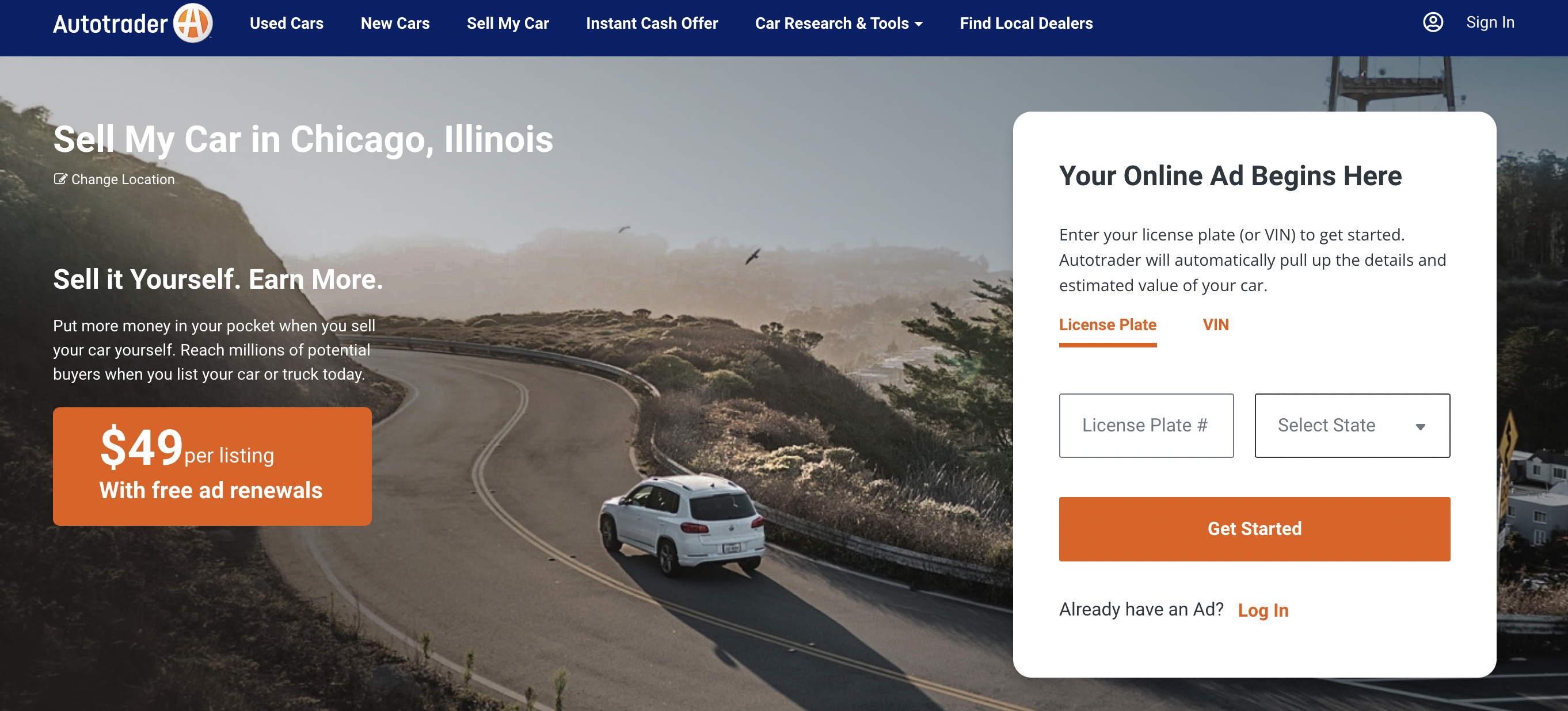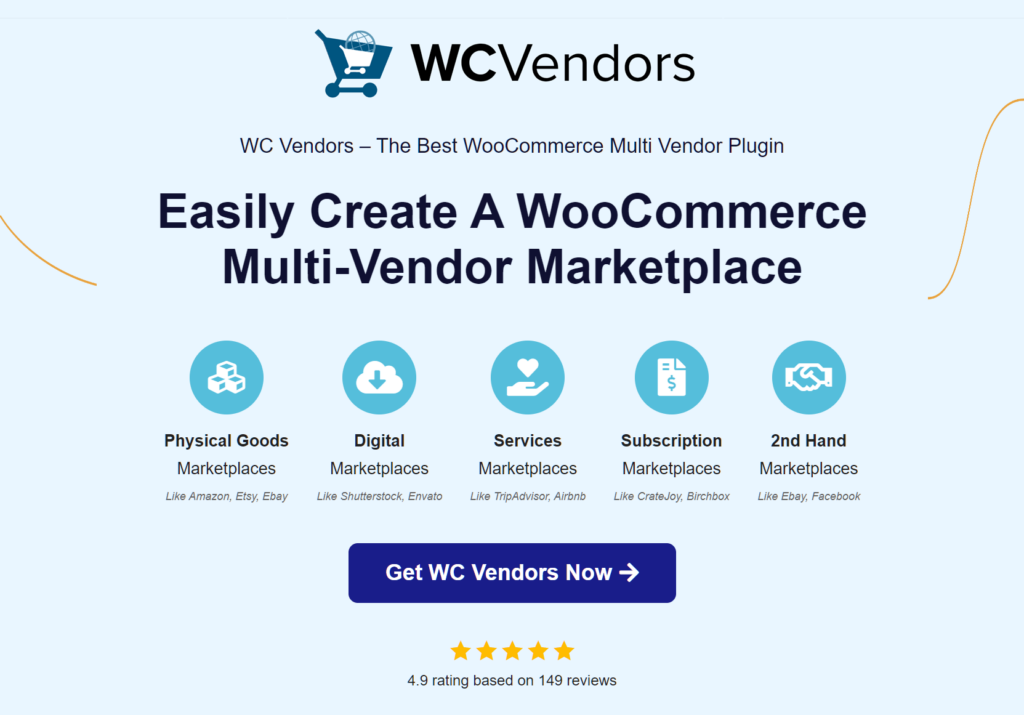
If you want to ensure the success of your multi-vendor marketplace, you need to craft a great online marketplace business plan.
The online marketplace industry is expanding rapidly. According to research and advisory company Forrester, a third of all business in the United States flows through e-commerce, with 63% of transactions occurring on online marketplaces.
Because of this growth, many online sellers have considered adapting to this business model. Some have already grown their online stores. They know the basics: how to attract customers, navigate an e-commerce platform, identify a target market, and manage their inventory.
Others have less experience. While they see the potential of an online marketplace, they have no idea how to get started.
Whether you’re just starting out or are already established, a comprehensive business plan is the cornerstone of every successful e-commerce venture. For this reason, this article will detail five crucial elements that are essential to include in your marketplace business plan.
Why Do I Need An Online Marketplace Business Plan?
Various apps and plugins have made it relatively easy to build a site, bring in vendors, and sell products online. However, that’s just the infrastructure behind the marketplace business model. The real challenge comes from knowing what you will do with that infrastructure.
That’s where a business plan comes in.

In addition to establishing your mission statement, your online marketplace business plan describes the strategy you will use to launch, sustain, and grow your business. Developing a thorough business plan will prepare you to:
- Present your business to investors
- Outline your financial projections for the next 18-24 months
- Focus on the right tasks and next steps
- Make good decisions along the way
- Have a map to return to when things get difficult
- Identify potential weaknesses before you experience them
Having these insights will make it easier to label and achieve your goals as you launch your online marketplace.
1. Know What Sets Your Online Marketplace Apart (And Who It Is Targeted Towards)
There are a number of different online marketplace business models in the industry. Giant companies like Amazon, eBay, or Walmart stand out as the most obvious.
Marketplace operators start salivating when they hear about the numbers that these large companies bring in. For example, the fact that Amazon made over 21 billion in 2020 has tempted many entrepreneurs to create an online marketplace that offers the same scope of products. They want to sell everything or be everything for all people because that’s where the money seems to be.
Unfortunately, this failure to understand the market is one of the biggest mistakes companies make early on.
We’re not here to crush anyone’s dreams, but it’s going to be very hard for any marketplace to compete with these multi-billion dollar organizations. After all, very few customers are looking for a different Amazon or another eBay.
The best way for your marketplace business to survive is by focusing on a specific audience and product that will make you stand out.
What’s the Difference Between Vertical and Horizontal Marketplaces?
As you establish your unique marketplace business model, you’ll want to consider whether you want to position yourself as a vertical or horizontal marketplace.
A horizontal marketplace offers a “one-stop-shop” experience akin to what you find with major players in the industry. In contrast, vertical marketplaces tend to focus on related items or a specific niche.
The Value of Niche Marketplaces
Niche marketplaces thrive when there’s a strong community around a product. People come together because of shared interests in a specific industry. Then, once they trust a brand, they give it a competitive advantage that they can’t find in more established marketplaces.
Success from niche marketplaces will come when you know your audience well. You have to be a master of your target market, knowing what kind of things they want and helping them easily get it.

2. Identify An Appropriate Revenue Model
One of the advantages of an online marketplace is its potential for revenue. Depending on your scope, this type of platform offers several different ways to make money.
There’s not really a single best way for a marketplace to generate revenue, so we’ll cover five of the most commonly used models below:
Commission Model
This is the classic revenue model for marketplaces. Basically, the marketplace takes a percentage of every successful transaction from its vendors. Big brands like Amazon, Airbnb, Etsy, and eBay use this business model.
Subscription Model
The marketplace charges customers and/or sellers a monthly subscription fee to join. However, this concept only works when either party gets access to special or unique perks. For example, customers can pay you a recurring fee to enjoy special discounts or experiences. On the other hand, vendors can pay you regularly to sell products via your platform and gain access to your marketplace’s customer base.
Freemium Model
Freemium models are popular for marketplaces with layered offerings or services. They give away a light version of their product for free but charge for premium services. Some stock photo sites do this by giving away certain photos for free but offering users access to a larger collection if they’re willing to pay.
Listing Model
Businesses that use this model charge sellers a listing fee to post items on their online marketplace platform. This often happens with higher-priced items like cars or houses, especially when the marketplace itself doesn’t get involved with the sale.
For a great example of this business model, check out Autotrader’s site:
Featured Ads
Ads or featured products can be a great way to bring in additional or sustaining income. Sellers pay to have their products listed among the first searches. For many online marketplaces, this serves as one of several revenue streams rather than the primary income source.
In the example below, all the products below are “sponsored.” This means that the brands paid Amazon to be featured higher on the listings.

3. Develop A Plan To Bring Sellers Into Your Online Marketplace
It’s not easy to convince sellers to join a new marketplace. There has to be something that draws them in.
Most people in the industry recognize this as the marketplace’s chicken and egg problem. The marketplace business model really only works if and when you’ve already attracted buyers and sellers. But which one comes first?
You can’t acquire customers if you have no vendors. However, vendors don’t want to join an online marketplace platform if they’re unsure about their ability to sell products on it.
Thankfully, this doesn’t mean that new online marketplaces can’t succeed. They just have to find other ways to incentivize vendors.
Include Dedicated Seller Programs
Some marketplaces offer programs designed to help vendors succeed within the platform. Typically, such programs include trainers and/or account managers who oversee their stores and provide guidance for enhancing their business strategies on the platform.
Make Things Easy
Having a simple onboarding process for an online marketplace can go a long way for vendors. After all, they don’t want to spend too much time trying to navigate a complex system; they want to sell their products and make money. The more you eliminate the roadblocks that get in their way, the more likely they’ll join your marketplace.

4. Make Marketing Part Of Your Online Marketplace Business Plan
Marketing is essential for survival in the digital world. After all, if nobody has heard of your marketplace, no one will visit it.
Unfortunately, establishing a marketing plan is an oft-forgotten piece of building an online marketplace business. Some marketplace operators believe that things will naturally fall into place. Thus, they hesitate to invest the necessary time, money, and effort required for effective marketing.
The more you make your marketing a part of your overall marketplace business plan, the more likely you’ll bring in customers.
Utilizing Various Marketing Channels
The key to marketing in the online marketplace industry is diversifying your channels. Always stay focused on your ideal customers, but maximize your reach by meeting them wherever they may be.
Consider incorporating some of the following marketing strategies into your plan:
- PPC Campaigns
- Email Marketing
- Content Marketing
- Social Media
- Influencer Marketing

5. Use The Right Metrics To Measure Success
You’ll only know how successful your online marketplace business model is if you know the right things to measure.
Many metrics exist, some more meaningful than others. Here’s a curated selection of the most vital ones, accompanied by their respective calculation formulas:
Net Revenue: Multiply your gross merchandise value (GMV) by your take rate to get a sense of the actual revenue you’re taking in.
Repeat Purchase Rate: Divide the number of customers who have shopped in your marketplace more than once by your total number of customers.
Customer Acquisition Cost: Add up the total costs used to acquire new customers and then divide that number by the number of new customers gained from those channels.
Average Order Value: Divide total transaction value by the total number of sales.
Net Promoter Score: Send a customer satisfaction survey to your audience that asks on a scale of 1-10 how likely they would be to recommend your online marketplace to a friend. Then, split the results into promoters (9s and 10s only), detractors (anything under 7), and passives (8s or 7s). Lastly, subtract the percentage of detractors from the percentage of promoters to get your NPS.

Get Started On Your Online Marketplace Business Plan
Now that you’ve got the necessary information, all you need to do is apply it. Create your plan, build your marketplace, and start bringing in revenue.
At WC Vendors, we make it easy to get you up and running. Check out a demo of our product to see how we can help you launch your online marketplace in just a few minutes.
Conclusion
To launch an online marketplace that profits and grows, you need to create an exceptional marketplace business plan.
To do this, you need to:
- Know what sets your online marketplace apart
- Identify an appropriate revenue Model
- Develop a plan to bring sellers into your online marketplace
- Make marketing part of your marketplace business plan
- Use the right metrics to measure success
Do you have any questions about how to craft a great online marketplace business plan? Reach out to us and let us know; we’d be happy to hear from you!

